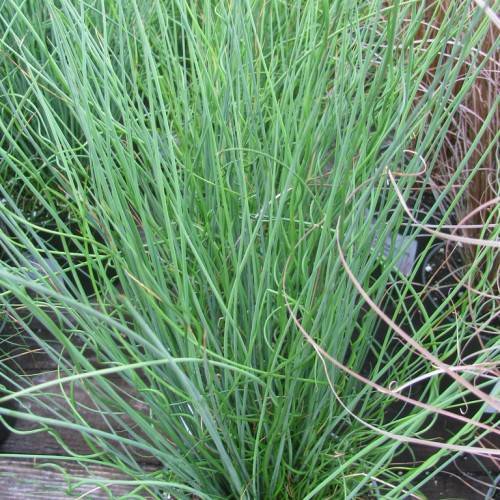
common rush
Juncus effusus
Also Known As - bog rushCycle:
Perennial
Watering:
Frequent
Hardiness Zone:
4 - 9
Flowers:
Flowers
Sun:
Full sun
Soil:
Bog
Fruits:
Fruits In Summer Ready In Fall
Edible:
Yes
Growth Rate:
High
Maintenance:
Low
Drought Tolerant:
Yes
Salt Tolerant:
Yes
Invasive:
Yes
Care Level:
Medium
watering
Common rush should be watered regularly, keeping the soil lightly moist but never saturated. Water the soil thoroughly to moisten it to a depth of at least 6-8 inches, and then allow the top few inches of soil to dry out before watering again. During summer or periods of extreme heat, water the plants every 5-7 days. During cooler months, common rush can be watered every 10-14 days. If the soil does not dry out between watering, the plants are being over-watered.
sunlight
Common Rush (Juncus effusus) thrives best when it is exposed to plenty of bright and direct sunlight throughout the day. This plant species prefers 6-8 hours of sunlight each day in order to stay healthy and strong. If it is grown indoors, it should be placed near a bright window. When grown outdoors, common rush prefers a sunny outdoor location that is sheltered from the wind. In the summer it should be placed in an area that receives direct sun for the majority of the day, as this will help it to reach its full growth potential.
pruning
Common rush (Juncus effusus) should be pruned approximately once a year, usually in late summer or fall after flowering has finished. Pruning should occur after the plant has grown and become established but before the new growth has begun. It is important to remove any dead, diseased, or overcrowded stems and also to remove any stems that are bent or tangled. This will allow the plant to form a neat, uniform clump. It is also best to prune away some of the older stems to encourage new, vigorous growth. When pruning it is important to keep in mind that the stems of this plant are quite delicate, so use sharp, clean tools and make cuts at a slight angle so that water runs off.
